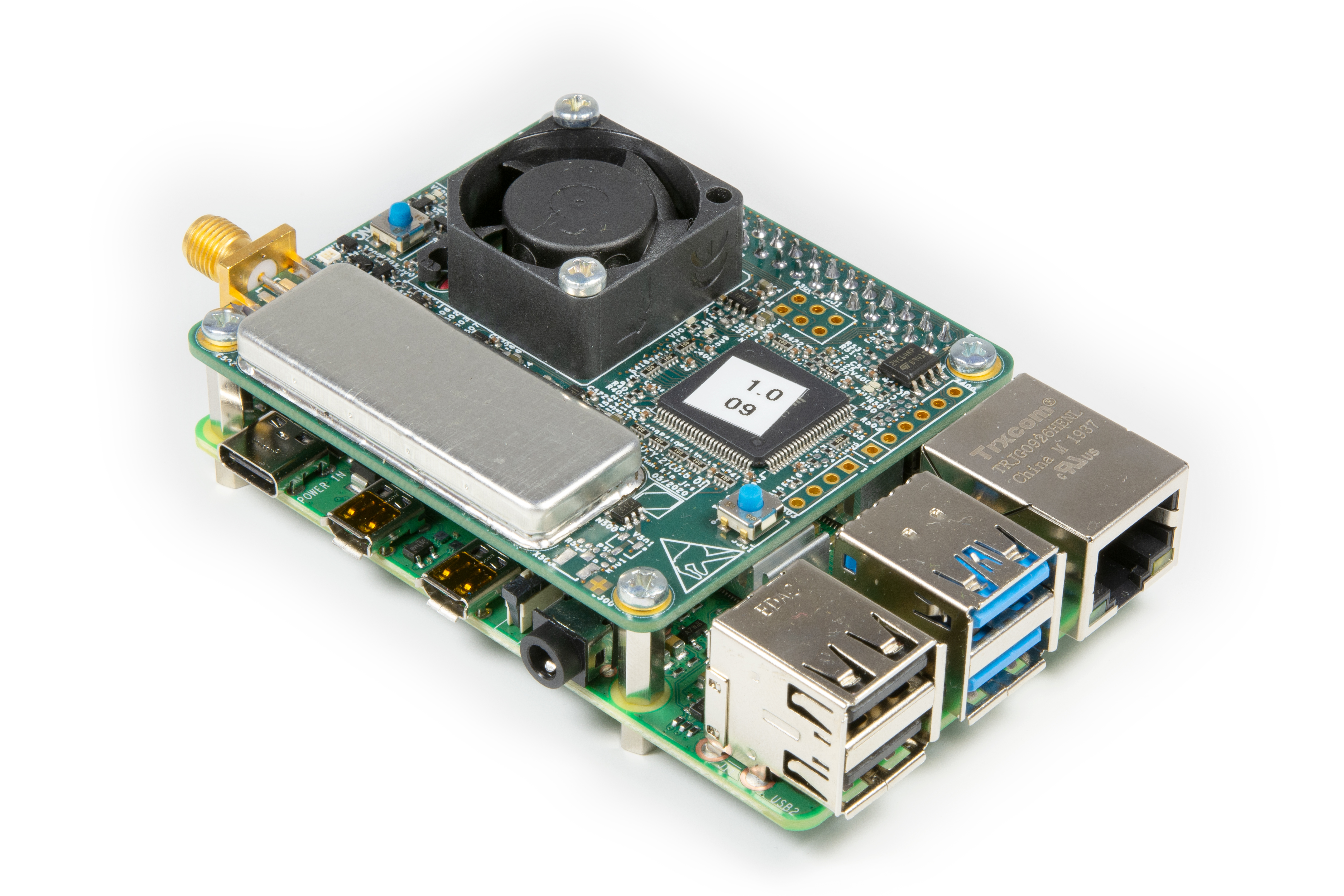Sensor connectivity in buildings via a single base station – Fraunhofer IIS presents LoPAN, a robust new energy-efficient wireless technology
Erlangen/Nuremberg: The new LoPAN wireless technology from the Fraunhofer Institute for Integrated Circuits IIS paves the way for numerous practical applications, such as connecting temperature sensors to an air-conditioning system to reduce energy costs and simultaneously or selectively monitoring and controlling numerous blinds, postboxes, and heating systems over a remote connection. This technology links up and networks any number of sensors via a single base station. Unlike conventional remote maintenance and control applications for smart homes and smart buildings, LoPAN brings together advantages such as high energy efficiency, broadcast communication, a long range of several kilometers, and highly robust and therefore reliable transmission of the required sensor data – even in the vicinity of coexisting wireless protocols or in challenging environmental conditions.
By now, we are all familiar with the concept of the smart home, in which blinds, heating systems, and windows can be controlled and regulated from a smartphone at any time – but all these solutions face some unavoidable limitations, depending on the exact system we choose. With LoPAN technology, however, sensors/actuators everywhere from the basement to the roof can be networked and controlled via a single base station. The system can be expanded and is even designed for mobile applications, for which other systems require multiple base stations in order to ensure the reliable transmission of sensor data and are also permanently installed. All of the compromises that previously hampered smart home applications can be resolved by LoPAN (Long Range Personal Area Network), a lead project of the Leistungszentrum Elektroniksysteme (LZE) that is now being presented by scientists and developers from the LZE and Fraunhofer IIS. The LoPAN project is supported by the Bavarian Ministry of Economic Affairs, Regional Development and Energy.
LoPAN combines high reliability, scalability, and cost efficiency
LoPAN was developed as a robust wireless technology optimized for long-range use in smart home and smart building applications. At the heart of both technologies is a patented telegram splitting method standardized by the European Telecommunications Standards Institute (ETSI). Telegram splitting divides the sensor message up into smaller packages and sends them in staggered transmissions over multiple frequency bands. This technique guarantees a high level of reliability and therefore highly interference-proof data transmission, which is of the utmost priority both in a business context and for private applications. The method is already used in products as part of the mioty® ecosystem for massive IoT applications in industry that involve many hundreds of thousands of sensors.
Low maintenance and versatility for building and home control systems
In the consumer sector, both reliable transmission and cost-efficient implementation are key factors in building and home control systems. The combination of low-power wide-area networks (LPWANs) and wireless personal area networks (WPANs) for close-range applications via inexpensive base stations succeeds in bringing together the advantages of the two network technologies, so that many thousands of sensors can be networked directly and actively retrieved via a single, cost-effective base station. In other words, with a tap of the smartphone or tablet, the user can not only retrieve sensor data but also control a wide range of actuators selectively or simultaneously.
The sensors are extremely low-maintenance thanks to a considerable reduction in energy consumption, and they can be used in parallel with many wireless technologies. Integration with various cloud solutions and the use of affordably priced base stations makes LoPAN technology an attractive supplement to new or expanded business models.
